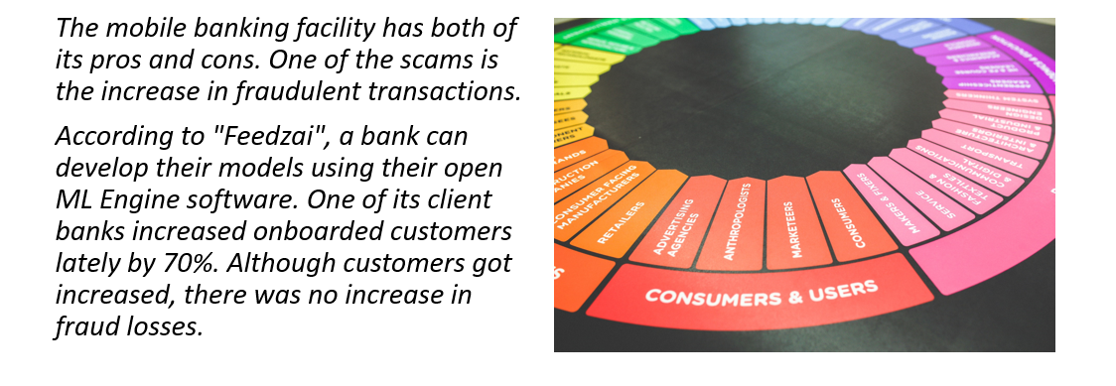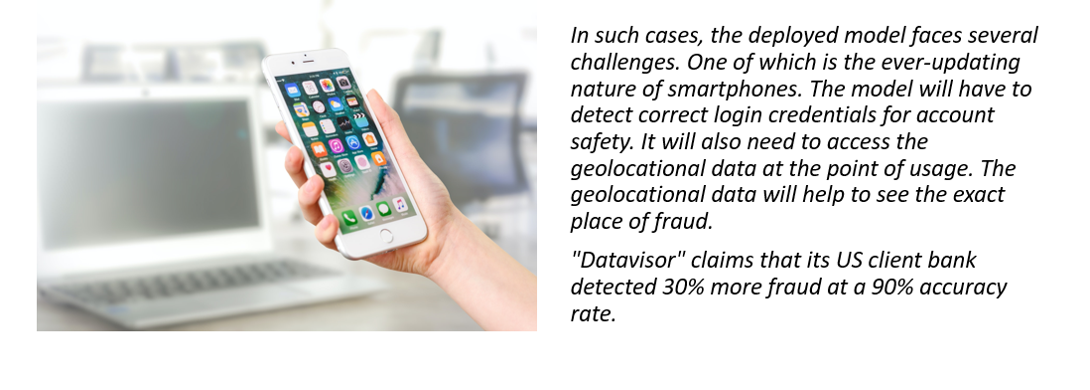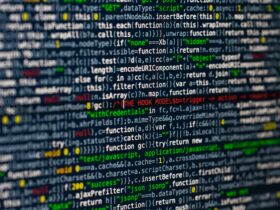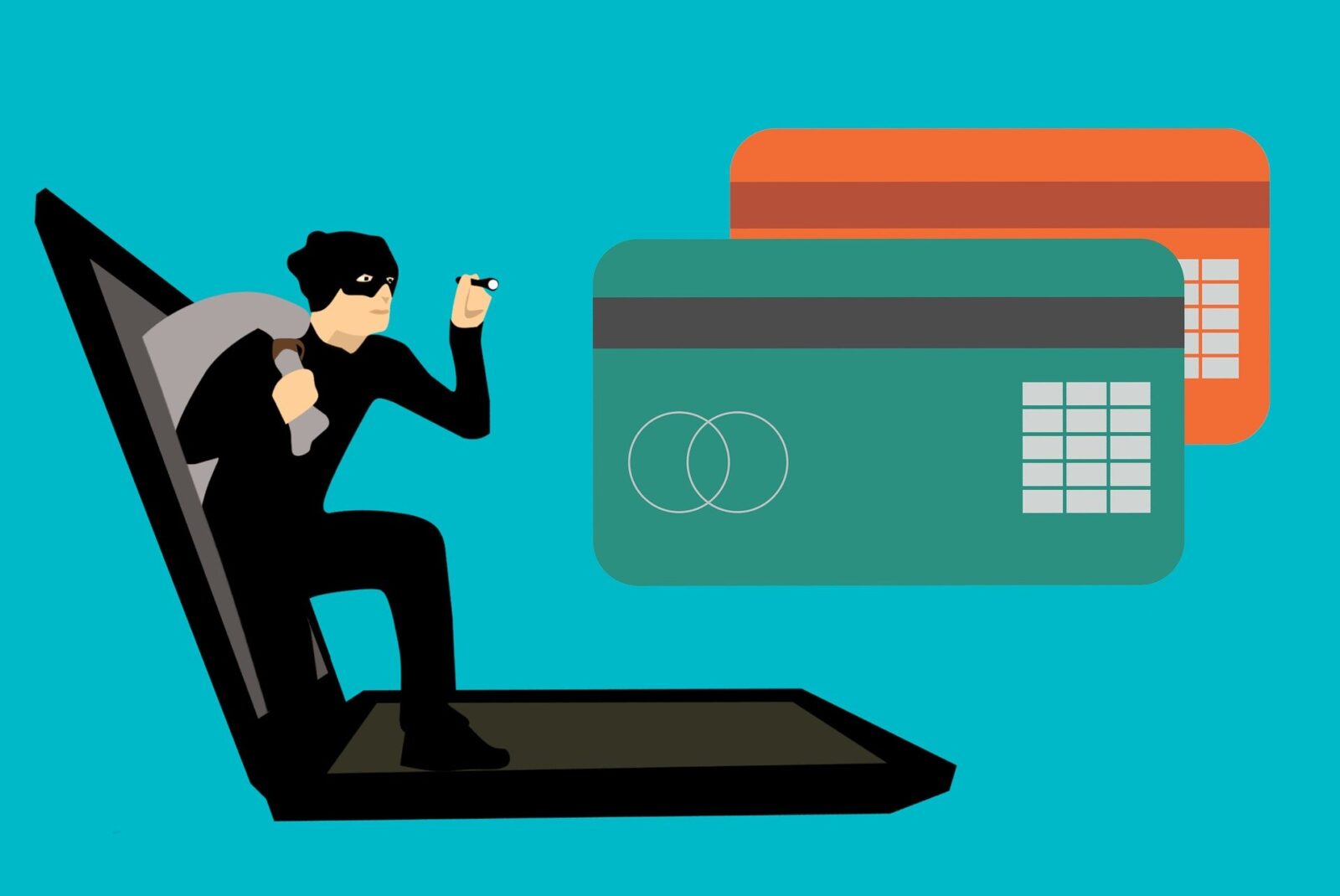Fraud detection is a process wherein we detect events outside the acceptability. These events abide to attract legal consequences. Frauds are different for different sectors of operations. In the banking industry, few of its applications are to detect frauds in payments and loans. In the e-commerce industry, it can be used to detect frauds in account login credentials and transactions. According to an AI opportunity landscape research, 25% of funding received for deploying artificial intelligence in the banking sector is used to enhance their technologies of fraud and cyberspace applications, cybersecurity, anti-money, or money laundering processes. Today, investing heavily in the method of detecting fraud is an urge of the hour because the increase in the usage of the internet has led to increasing in fraudulent cases sharply. Online fraud is on the trajectory to increase by 20% YOY through 2025. Today most of the companies work to provide fraud detection solutions. E.g., “Teradata” claims that the Danske Bank reduced the false positives by 60% by increasing fraud detection by 50% by deploying its solution.
There are two broader processes used in fraud detection:
- Anomaly detection:
A process wherein the model gets fed with baseline information. This information is of the cases which fall under acceptable and unacceptable scenarios. A human monitor’s the whole process wherein for every successful detection, they will mark “yes,” otherwise “no.” With every transaction, the model retrains its acceptable deviation.
- Predictive and Prescriptive analytics:
The predictive part of the model is the one that detects fraud. In comparison, the prescriptive part of the model provides recommendations once fraud gets detected. These models will also need humans to “accept” or “reject” the detected cases.
Let’s now look at some of the use cases where companies have deployed fraud detection models.
BANKING SECTOR – USE CASES
CUSTOMER ONBOARDING

MOBILE BANKING APPS

OUR TAKE ON FRAUD DETECTION
DRisk, which stands for “detect, prevent, and manage fraud with AI.” It is our curated solution for fraud detection, which provides real-time solutions. It helps to spot anomalies in real-time. It helps to improve customer acceptance by reducing the number of false positives. The model always learns and detects new types of fraud scenarios with 99% accuracy. It has zero model degradation that has Speed, Scale & Accuracy in real-time. Its few widespread usages are:
- detecting fraudulent insurance claims
- credit card related fraud detection prevention
- Medical claims fraud intelligence
- Prepaid telecom card fraud detection
- Ecommerce fraud detection
- Bank loan defaulter detection
Its key features are:
- Real time fraud detection
- Scalable
- Fraud prevention & Behavioral analytics
- Industry specific fraud templates & models
- Fraud monitoring & integration
- Artificial intelligence enabled
Let’s see how DRisk works:

The data gets ingested into the model. The machine learning model generates features. These features are best suited to reach the desired solution. Various supervised and unsupervised models get deployed to predict the risk score. Finally, it pops up three actions that one can draw based on the risk score, i.e., “Block,” “Review,” and “Allow.”
A few of the benefits which our client gets are:
- Save time and cost i.e., one can identify up to 95% frauds and reduce manual reconciliation costs.
- Automatic detection of emerging fraud
- Free up fraud analytics, i.e., reduce time spent on false positives
- Control business outcomes by customizing risk thresholds
*****
About the author: I am currently working as a data scientist with around 2-3 years of experience in analytics. Alongside my job, I own a blog and also write for business websites. I like to read books, listen to some good music, explore places to travel, and, most importantly, “dream” in my free time. One can connect with me: here













